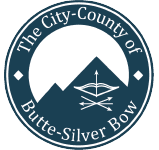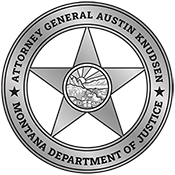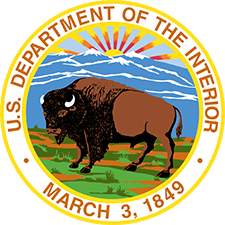Center for Environmental Remediation and Assessment
2022 Partnerships and Select Research Summaries
Partnerships supporting Multidisciplinary scientific and engineering research towards improved Environmental Remediation, Restoration, and Reuse in the Natural Resource Extraction Sectors and Carbon Footprint Reduction and Reuse.
 Butte Silver Bow
Butte Silver Bow
- Monitoring and Evaluation of the Butte, Montana Mine Reclamation and Restoration Areas
“Montana Tech’s Center for Environmental Remediation and Assessment (CERA) efforts to utilize its expertise in the environmental sector is paramount. CERA will directly develop and scale-up new technologies for waste materials from air, water, soil, and energy, not only for remedial purposes but for beneficial reuse. Montana Tech is positioned perfectly for that role,” noted Butte-Silver Bow Chief Executive JP Gallagher.
 Montana Department of Environmental Quality
Montana Department of Environmental Quality
 Montana Department of Justice Natural Resource Damage Program
Montana Department of Justice Natural Resource Damage Program
- Monitoring the Success of Streambank Treatments (SBT) and their Influence on Geomorphic Features Along the Upper Clark Form River Following Mine Cleanup and Restoration;
- Evaluating the Development and Effect of Biocrust after Nutrient Amendment Application in the Mount Haggin Uplands Areas Impacted from Copper Smelter Emissions
National Institute of Health
- Building the foundation for an impactful wildfire smoke exposure control project. In collaboration with Montana State University;
- Improving Community engagement to inform Environmental Health Perceptions from Heavy Metals exposure within a Mine Superfund Site
National Science Foundation
- Evaluating opportunities for Integrating Responsible Engineering & Local Knowledge to Design, Implement & Evaluate Sustainable Artisanal Mining in Latin America. In collaboration with Colorado School of Mines, University of Texas, and US Air Force Academy https://digitalcommons.uri.edu/cgi/viewcontent.cgi?article=1022&context=jiee
- Responsible Critical Elements: Transforming Earth Resource Development for a Carbon-Neutral Future. In collaboration with Colorado School of Mines and Fort Lewis College. Assessment of indigenous communities faced with critical mineral development in new, active and abandoned mine waste operations

Newmont
Utilization of new and innovative spectral methods and remote sensing tools for understanding how gold and potentially critical minerals are concentrated within a closed tailings impoundment. These tools will help us to use mineralogy derived from spectral measurements (lab, field, and remote sensing) to help delineate recoverable resources, aid in re-mining efforts and to identify residual environmental risks of mine wastes.
 U.S. Department of the Interior
U.S. Department of the Interior
- Improvement Assessment in Surface and Groundwater Quantity, Quality, and Ecosystem Function from Implementation of Beaver Dam Analogs